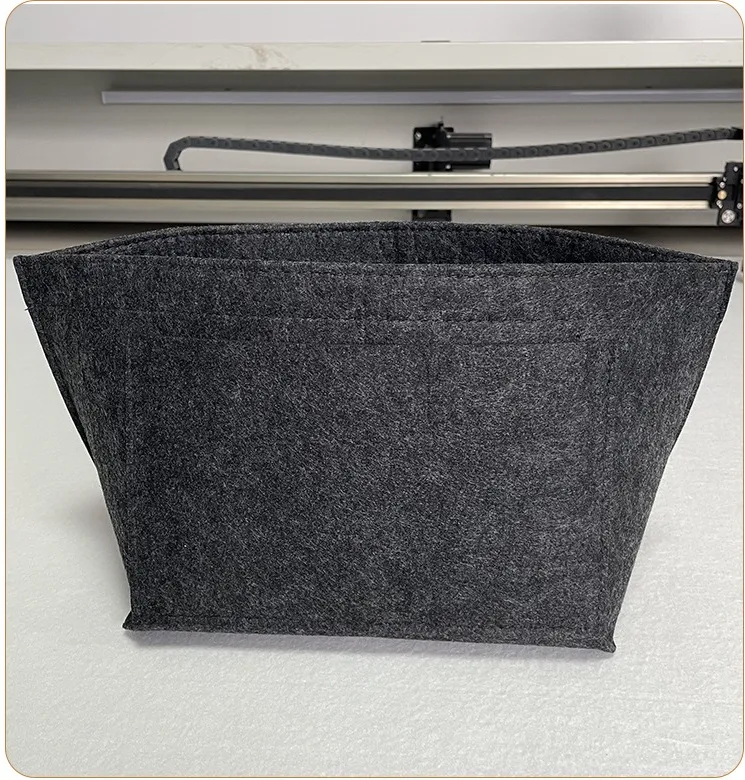wool dryer balls not reducing static
Understanding Wool Dryer Balls and Static Cling
In recent years, wool dryer balls have surged in popularity as a natural alternative to traditional fabric softeners and dryer sheets. Advocates of these eco-friendly laundry aids tout their many benefits, including reducing drying time, softening clothes, and, ideally, cutting down on static cling. However, some users have reported that their wool dryer balls do not effectively reduce static electricity in the dryer. Let's delve into why this might be the case and how one can manage static cling when using wool dryer balls.
The Science Behind Wool Dryer Balls
Wool dryer balls are made from natural sheep wool and are designed to bounce around in the dryer, separating laundry and allowing hot air to circulate more efficiently. As they tumble, they absorb moisture, which aids in drying. The friction produced by the balls also helps to soften fabrics naturally. However, one of the promised benefits—reducing static cling—can be somewhat hit or miss.
Static cling is primarily caused by the friction between different fabrics, especially in low-humidity environments. When clothes rub against each other and the dryer drum, they can become electrically charged, leading to that pesky cling we all know too well. While dryer balls can help minimize these friction points, they may not entirely eliminate static cling, particularly under certain circumstances.
Why Wool Dryer Balls May Not Reduce Static as Expected
1. Humidity Levels Static electricity is more prevalent in dry conditions. If you live in an area or season where humidity is low, static cling can still occur, even with the use of dryer balls. In such cases, adding a little moisture back to the dryer can prove helpful. A damp washcloth or a few ice cubes can increase humidity levels in the dryer, potentially reducing static.
wool dryer balls not reducing static

2. Material Composition If your laundry consists of synthetic fabrics, which are more prone to static buildup, the effectiveness of wool dryer balls might be diminished. Wool works well to combat static in natural fibers like cotton or linen but may not work as effectively with polyester or nylon. To address this, consider mixing in a few natural fiber items with your synthetic loads to help manage static.
3. Insufficient Quantity of Dryer Balls The number of dryer balls used can also affect their efficacy. Generally, using three to six wool dryer balls is recommended for a standard load. Using fewer than this may reduce their ability to separate clothes adequately and reduce friction.
4. Drying Time Over-drying clothes can exacerbate static cling. Wool dryer balls can indeed reduce drying time, but if you tend to leave items in the dryer for too long, consider experimenting with shorter cycles. This can help prevent static accumulation.
Tips to Reduce Static Cling with Wool Dryer Balls
- Moisten Your Laundry As mentioned, adding a damp rag or a few ice cubes can help maintain moisture in the dryer. - Use Vinegar Adding a half cup of white vinegar to your rinse cycle can help reduce static in your laundry, providing additional benefits when used alongside dryer balls. - Switch Up Your Load Combine natural fibers with synthetic materials to lessen static buildup. - Experiment with Quantity Adjust the number of wool dryer balls based on the size of your load for better results.
In conclusion, while wool dryer balls hold many benefits, their effectiveness in reducing static cling can vary based on numerous factors. By understanding these factors and employing additional strategies, you can enhance your laundry experience and keep static cling at bay, creating a more natural and pleasant wash cycle.
-
What Makes Felt a Great Choice?NewsNov.19,2024
-
Total Mixed Ration (TMR) Feed for CattleNewsNov.19,2024
-
The Ultimate Guide for Felt Polishing WheelsNewsNov.19,2024
-
Industrial Felt for Various ApplicationsNewsNov.19,2024
-
Felt Makeup Bags and Inserts BagsNewsNov.19,2024
-
Choosing the Right Hotel TowelsNewsNov.19,2024
-
Your Go-To Guide For Affordable Wholesale Wool FeltsNewsOct.31,2024







